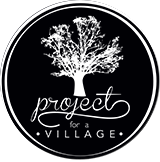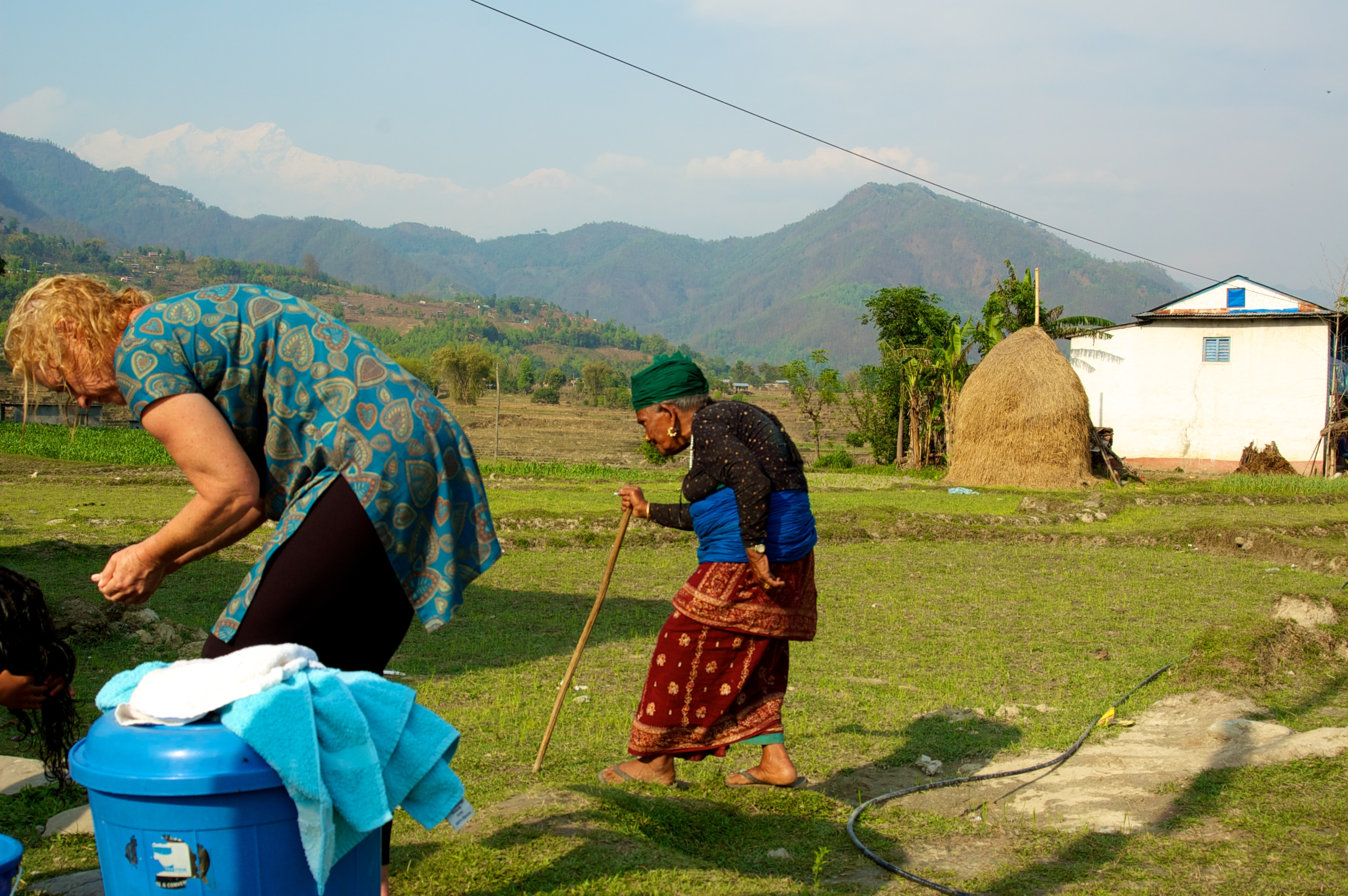Pani means water in Nepali. Clean water is something that most of us in America or any developed country takes for granted. However nearly 3 million people in Nepal do not have access to clean water.
What do we need water for and how do we get it? For me, it is simple, I use water all day, every day and I just turn the tap and clean, fresh water flows freely. For 2 days this week our neighborhood has been without water for up to 12 hours during the day while the Water District repairs some pipe and I am reminded of the importance of clean water. In Nepal if there is water flowing freely from the tap there is a water tank in the house that supplies the water. The water that is in the tank has been delivered by a truck and can be very expensive. One other source of water is a community tap, which often is the lifeblood of the village as well as the source of news and gossip for many of the women. Every home has a hose, and the villagers take turns using the tap to fill their buckets. It can be a race to see who is able to get to the tap first because often during the dry season there will not be any water flowing from the tap. When this happens the women have to walk to the nearest river or spring with large vessels to carry the water back to their homes.
On one of our first trips to Nepal we were staying in a home in Rupakot, without running water. I learned how to brush my teeth, bathe and even cook without running water. After a few days I decided that I was going to walk down to the local stream to wash a pair of pants and try to bathe since the tap was dry. I had been to the stream before with a bunch of little girls showing me how and where to wash my hair. This time I was alone and thought that I was doing it the same way that they did, however, I was wrong. As I sat on the rocks at the side of the stream and washed out my pants one of the local women came out of her home screaming at me. How could I be so stupid, didn’t I know how to wash in the stream? To be honest, no, I did not know how to wash in the stream. Apparently there is a pool, with small fish, where they collect water for cooking and drinking in their homes when the tap is dry. Below the pool is a small stream that flows down to the bigger river, and that is where one washes because it does not contaminate the pool that is used for drinking. So, here I was, the American, who did not have any idea of what I was doing to their water and now she must walk to the river and carry the water up to her home. Now, the water in the river is contaminated with so many things, but it was better than the water that I had washed my pants and hair in. I knew that I gave the villagers something to talk about that evening while they were gathering water for washing their dishes or cooking, and I was very embarrassed about it.
On the first of 2 days without running water at my home in the US, I simply tried to do without, but on the second day I was smarter and put the lessons learned in Nepal to use. I filled several buckets and pitchers of water to use throughout the day and to be honest, it worked out fine. At the end of the day I know that I will turn the tap on and water will once again flow freely for me.


